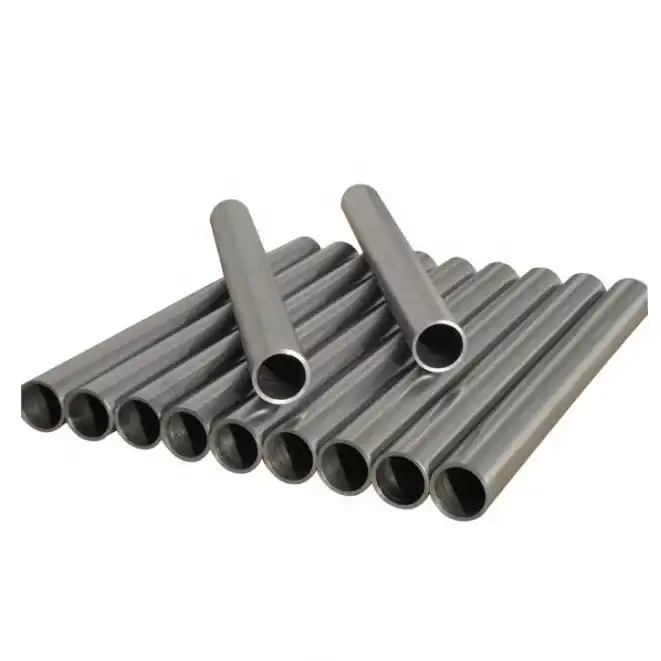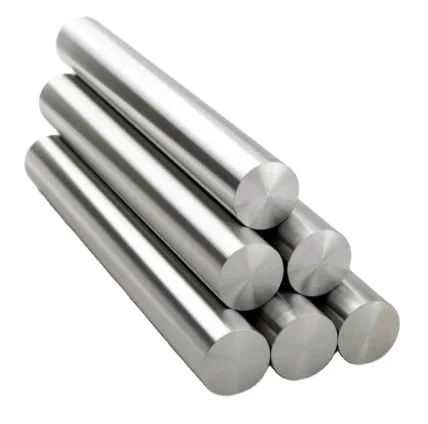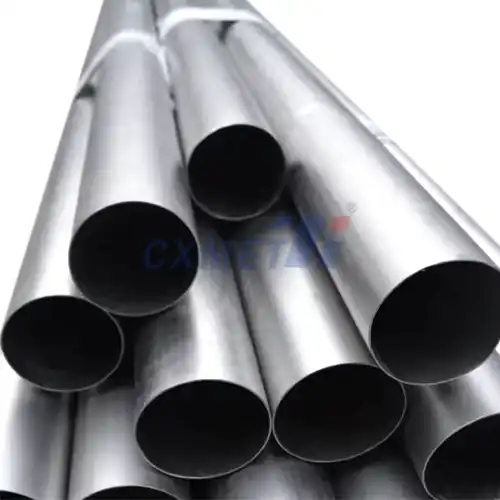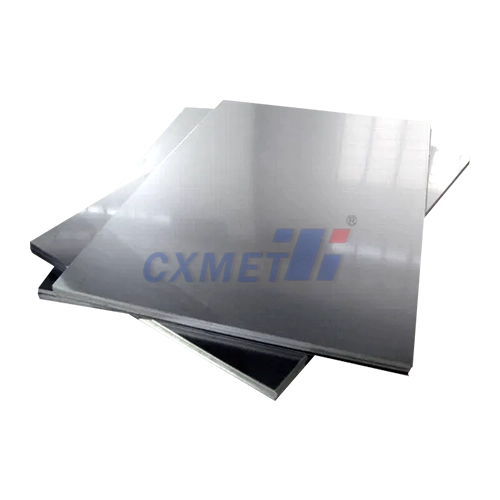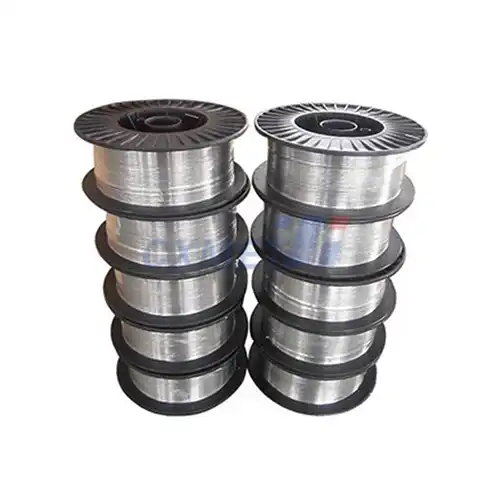- English
- French
- German
- Portuguese
- Spanish
- Russian
- Japanese
- Korean
- Arabic
- Greek
- German
- Turkish
- Italian
- Danish
- Romanian
- Indonesian
- Czech
- Afrikaans
- Swedish
- Polish
- Basque
- Catalan
- Esperanto
- Hindi
- Lao
- Albanian
- Amharic
- Armenian
- Azerbaijani
- Belarusian
- Bengali
- Bosnian
- Bulgarian
- Cebuano
- Chichewa
- Corsican
- Croatian
- Dutch
- Estonian
- Filipino
- Finnish
- Frisian
- Galician
- Georgian
- Gujarati
- Haitian
- Hausa
- Hawaiian
- Hebrew
- Hmong
- Hungarian
- Icelandic
- Igbo
- Javanese
- Kannada
- Kazakh
- Khmer
- Kurdish
- Kyrgyz
- Latin
- Latvian
- Lithuanian
- Luxembou..
- Macedonian
- Malagasy
- Malay
- Malayalam
- Maltese
- Maori
- Marathi
- Mongolian
- Burmese
- Nepali
- Norwegian
- Pashto
- Persian
- Punjabi
- Serbian
- Sesotho
- Sinhala
- Slovak
- Slovenian
- Somali
- Samoan
- Scots Gaelic
- Shona
- Sindhi
- Sundanese
- Swahili
- Tajik
- Tamil
- Telugu
- Thai
- Ukrainian
- Urdu
- Uzbek
- Vietnamese
- Welsh
- Xhosa
- Yiddish
- Yoruba
- Zulu
What is 3D Nickel Base Alloy Powder Good For?
2024-09-29 17:50:01
3D Nickel Base Alloy Powder is a revolutionary material that has been transforming the landscape of advanced manufacturing and additive manufacturing processes. This innovative powder consists of nickel as the primary element, combined with other alloying elements such as chromium, cobalt, molybdenum, and tungsten. The unique composition of these powders makes them ideal for use in 3D printing technologies, particularly in industries that require high-performance components capable of withstanding extreme conditions.
The advent of 3D Nickel Base Alloy Powder has opened up new possibilities in the realm of manufacturing, allowing for the creation of complex geometries and intricate designs that were previously impossible or prohibitively expensive to produce using traditional manufacturing methods. This material's exceptional properties, including high strength, excellent corrosion resistance, and superior heat resistance, make it an invaluable asset in various industrial applications.
Let's delve deeper into the specific advantages and applications of 3D Nickel Base Alloy Powder by exploring three key questions that often arise when discussing this innovative material.
How does 3D Nickel Base Alloy Powder improve manufacturing processes?
The introduction of 3D Nickel Base Alloy Powder has revolutionized manufacturing processes across various industries. This innovative material has brought about significant improvements in terms of efficiency, cost-effectiveness, and design flexibility. Here's a detailed look at how 3D Nickel Base Alloy Powder enhances manufacturing processes:
1. Enhanced Design Freedom: One of the most significant advantages of using 3D Nickel Base Alloy Powder is the unprecedented level of design freedom it offers. Traditional manufacturing methods often impose limitations on the complexity and intricacy of parts that can be produced. However, with 3D printing using nickel-based alloy powders, manufacturers can create highly complex geometries, internal channels, and lattice structures that were previously impossible or extremely difficult to produce. This capability allows for the optimization of part designs, resulting in improved performance, reduced weight, and enhanced functionality.
2. Reduced Material Waste: Conventional subtractive manufacturing processes, such as milling or turning, often result in significant material waste. In contrast, additive manufacturing using 3D Nickel Base Alloy Powder is a near-net-shape process, meaning that only the necessary amount of material is used to create the part. This approach not only reduces material waste but also lowers production costs, especially when working with expensive nickel-based alloys.
3. Faster Prototyping and Production: The use of 3D Nickel Base Alloy Powder in additive manufacturing significantly accelerates the prototyping and production processes. Traditional methods often require the creation of molds or tooling, which can be time-consuming and expensive. With 3D printing, manufacturers can quickly produce prototypes or small batches of parts directly from digital designs, reducing lead times and enabling faster iterations in the development process.
4. Customization and On-Demand Manufacturing: 3D printing with nickel-based alloy powders enables cost-effective customization and on-demand manufacturing. This flexibility is particularly valuable in industries like aerospace and medical devices, where customized parts are often required. Manufacturers can produce small batches or even single units without the need for expensive tooling or setup costs associated with traditional manufacturing methods.
5. Improved Material Properties: The layer-by-layer build process used in 3D printing with nickel-based alloy powders can result in unique microstructures and material properties. Through careful control of printing parameters and post-processing techniques, manufacturers can achieve superior mechanical properties, such as improved strength, hardness, and fatigue resistance, compared to traditionally manufactured parts.
By leveraging these advantages, manufacturers can significantly improve their processes, reduce costs, and create products with enhanced performance characteristics. The adoption of 3D Nickel Base Alloy Powder in manufacturing processes represents a paradigm shift in how we approach the design and production of high-performance components.
What industries benefit most from 3D Nickel Base Alloy Powder?
3D Nickel Base Alloy Powder has found applications across a wide range of industries, thanks to its exceptional properties and the flexibility offered by additive manufacturing. However, certain sectors have particularly benefited from this innovative material. Let's explore the industries that have seen the most significant impact:
1. Aerospace Industry: The aerospace sector is perhaps the most prominent beneficiary of 3D Nickel Base Alloy Powder technology. The industry's demanding requirements for high-performance, lightweight components make nickel-based alloys an ideal choice. Some key applications include:
- Turbine Engine Components: 3D printed nickel-based alloy parts are used in jet engine components such as turbine blades, combustion chambers, and fuel nozzles. These parts benefit from the material's high temperature strength and corrosion resistance.
- Structural Components: Complex brackets, ducting, and other structural elements can be optimized for weight reduction while maintaining strength.
- Repair and Maintenance: Additive manufacturing allows for the repair of expensive engine components, extending their service life and reducing maintenance costs.
2. Automotive Industry: While not as widespread as in aerospace, the automotive sector is increasingly adopting 3D Nickel Base Alloy Powder for high-performance applications:
- Racing and High-Performance Vehicles: Custom exhaust systems, turbocharger components, and other high-temperature applications benefit from the material's properties.
- Electric Vehicle Battery Components: As the EV market grows, nickel-based alloys are being explored for battery casings and thermal management systems.
3. Energy Sector: The energy industry, particularly in power generation, has found numerous applications for 3D printed nickel-based alloy components:
- Gas Turbines: Similar to aerospace applications, power generation turbines benefit from high-temperature-resistant components made from nickel-based alloys.
- Nuclear Power: The corrosion resistance and strength of these alloys make them suitable for various components in nuclear reactors.
- Offshore Oil and Gas: Corrosion-resistant parts for undersea equipment and drilling components can be manufactured using this technology.
4. Medical Industry: While not as widespread as in other sectors, the medical industry is beginning to explore the potential of 3D Nickel Base Alloy Powder:
- Dental Implants: The biocompatibility and strength of certain nickel-based alloys make them suitable for dental applications.
- Customized Surgical Instruments: Complex, patient-specific surgical tools can be manufactured using this technology.
5. Chemical Processing Industry: The corrosion resistance of nickel-based alloys makes them valuable in chemical processing applications:
- Reactor Components: Parts exposed to corrosive chemicals can be manufactured with complex internal channels for improved efficiency.
- Heat Exchangers: Custom-designed heat exchangers with optimized flow patterns can be created using additive manufacturing.
These industries have seen significant benefits from the adoption of 3D Nickel Base Alloy Powder, ranging from improved performance and efficiency to cost savings and new design possibilities. As the technology continues to advance, we can expect to see even more innovative applications across these and other sectors.
Can 3D Nickel Base Alloy Powder enhance product performance and durability?
The use of 3D Nickel Base Alloy Powder in additive manufacturing has indeed shown remarkable potential in enhancing product performance and durability across various applications. This improvement is due to the unique properties of nickel-based alloys and the advantages offered by the 3D printing process. Let's explore how this innovative material contributes to better product performance and longevity:
1. Superior Mechanical Properties: Nickel-based alloys are known for their excellent mechanical properties, including high strength, good ductility, and superior fatigue resistance. When these alloys are used in 3D printing, the layer-by-layer building process can result in a refined microstructure, potentially enhancing these properties further. This improvement leads to parts that can withstand higher stresses and perform better under demanding conditions.
2. Exceptional Heat Resistance: One of the standout features of nickel-based alloys is their ability to maintain strength and resist degradation at elevated temperatures. 3D printed components made from these alloys can operate efficiently in high-temperature environments, such as in jet engines or industrial furnaces, without losing their structural integrity. This heat resistance contributes significantly to the overall performance and longevity of the products.
3. Corrosion Resistance: Nickel-based alloys exhibit excellent resistance to various forms of corrosion, including pitting, crevice corrosion, and stress corrosion cracking. When used in 3D printing, this property can be optimized through careful control of the printing parameters and post-processing treatments. The resulting components can withstand harsh, corrosive environments, leading to extended service life and reduced maintenance requirements.
4. Customized Microstructures: The 3D printing process allows for precise control over the microstructure of the final part. By adjusting parameters such as laser power, scan speed, and layer thickness, manufacturers can tailor the material's properties to suit specific applications. This level of control can lead to components with optimized strength, ductility, and other mechanical properties that outperform traditionally manufactured parts.
5. Complex Geometries for Enhanced Functionality: The design freedom offered by 3D printing allows for the creation of complex internal structures and optimized geometries that can significantly enhance product performance. For example, intricate cooling channels can be incorporated into turbine blades, improving their thermal management and overall efficiency. Similarly, lattice structures can be designed to optimize the strength-to-weight ratio of components, leading to lighter yet more durable products.
6. Improved Fatigue Resistance: The layer-by-layer building process in 3D printing can result in a more uniform material structure with fewer defects compared to traditional casting methods. This uniformity, combined with the inherent fatigue resistance of nickel-based alloys, can lead to components with superior resistance to cyclic loading and fatigue failure. This improvement is particularly valuable in applications such as aerospace, where components are subjected to repeated stress cycles.
7. Enhanced Wear Resistance: Certain nickel-based alloys used in 3D printing exhibit excellent wear resistance properties. By carefully controlling the printing process and post-processing treatments, manufacturers can produce components with superior surface hardness and wear resistance. This enhancement is particularly beneficial in applications involving moving parts or components subject to abrasive environments.
The ability of 3D Nickel Base Alloy Powder to enhance product performance and durability is a key driver of its adoption across various industries. As the technology continues to evolve, we can expect to see even greater improvements in product quality, longevity, and performance across a wide range of applications.
In conclusion, 3D Nickel Base Alloy Powder has proven to be a game-changing material in the world of advanced manufacturing. Its ability to improve manufacturing processes, benefit a wide range of industries, and enhance product performance and durability makes it an invaluable asset in the creation of high-performance components. As research and development in this field continue to progress, we can anticipate even more innovative applications and advancements in the use of 3D Nickel Base Alloy Powder, further revolutionizing the way we design and manufacture products for the most demanding applications.
At SHAANXI CXMET TECHNOLOGY CO., LTD, we take pride in our extensive product range, which caters to diverse customer needs. Our company is equipped with outstanding production and processing capabilities, ensuring the high quality and precision of our products. We are committed to innovation and continuously strive to develop new products, keeping us at the forefront of our industry. With leading technological development capabilities, we are able to adapt and evolve in a rapidly changing market. Furthermore, we offer customized solutions to meet the specific requirements of our clients. If you are interested in our products or wish to learn more about the intricate details of our offerings, please do not hesitate to contact us at sales@cxmet.com. Our team is always ready to assist you.
References:
1. DebRoy, T., et al. (2018). Additive manufacturing of metallic components – Process, structure and properties. Progress in Materials Science, 92, 112-224.
2. Pollock, T. M. (2016). Alloy design for aircraft engines. Nature Materials, 15(8), 809-815.
3. Xu, W., et al. (2018). Additive manufacturing of strong and ductile Ti–6Al–4V by selective laser melting via in situ martensite decomposition. Acta Materialia, 147, 342-354.
4. Herzog, D., et al. (2016). Additive manufacturing of metals. Acta Materialia, 117, 371-392.
5. Reed, R. C. (2006). The Superalloys: Fundamentals and Applications. Cambridge University Press.
6. Frazier, W. E. (2014). Metal additive manufacturing: A review. Journal of Materials Engineering and Performance, 23(6), 1917-1928.
7. Gu, D. D., et al. (2012). Laser additive manufacturing of metallic components: materials, processes and mechanisms. International Materials Reviews, 57(3), 133-164.
8. Yap, C. Y., et al. (2015). Review of selective laser melting: Materials and applications. Applied Physics Reviews, 2(4), 041101.
9. Mukherjee, T., et al. (2016). Printability of alloys for additive manufacturing. Scientific Reports, 6, 19717.
10. Wang, X., et al. (2017). Topological design and additive manufacturing of porous metals for bone scaffolds and orthopaedic implants: A review. Biomaterials, 127, 137-151.
